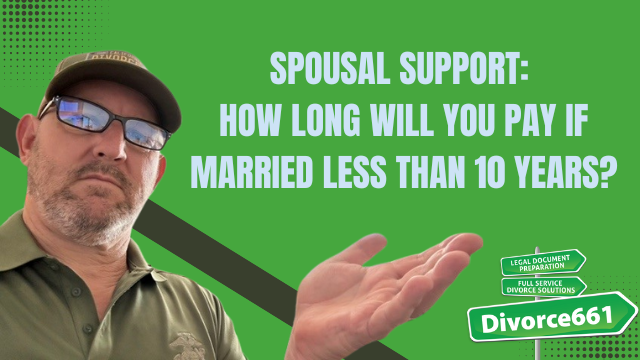Glendale Divorce Laws: What You Need to Know
Filing for divorce in Glendale follows California law and is handled through the Los Angeles County Superior Court. Thanks to electronic filing, many steps can be completed online, reducing paperwork, travel, and stress. Understanding the basic rules around no fault divorce, community property, and support guidelines will help you move forward with confidence.
How Glendale divorces are processed
Glendale cases go through the Los Angeles County Superior Court system. Electronic filing makes the process more efficient, allowing most documents to be submitted and tracked online. That means fewer trips to court and faster handling when everything is prepared correctly.
No fault divorce in California
California is a no fault divorce state. You do not need to prove wrongdoing or fault to end a marriage. A simple statement that the marriage has ended is sufficient. This approach keeps the process less contentious and focuses on practical issues like property division, support, and custody.
“You don’t need to prove any wrongdoing. Just show that the marriage has ended.”
Community property: what to expect
California follows community property rules. Generally, property acquired during the marriage is split 50/50 between spouses. This includes income, real estate purchased during the marriage, retirement account accruals, and other assets earned or acquired while married.
Separate property usually remains with the original owner. Examples of separate property include assets owned prior to marriage, inheritances, and gifts specifically given to one spouse, provided they are properly documented.
Spousal support, child custody, and child support
Support and custody decisions are governed by state guidelines designed to meet the needs of all parties, especially children. Key points include:
- Spousal support can be based on factors such as length of the marriage, income, and each spouse’s ability to support themselves.
- Child custody (legal and physical) centers on the child’s best interests and parental time with the child.
- Child support is calculated using established formulas that consider both parents’ incomes and parenting time.
Knowing these guidelines in advance helps you plan finances, parenting arrangements, and settlement expectations.
Real example: an amicable Glendale divorce
Two Glendale spouses who agreed on everything still needed help handling legal paperwork and ensuring their settlement complied with court requirements. With proper legal guidance the couple prepared a court-compliant agreement and obtained approval quickly, avoiding delays and additional expense.
This example shows that even when spouses are in agreement, following the correct procedures and filing accurate documents makes the process swift and final.
How professional help can simplify the process
Working with experienced divorce professionals can eliminate guesswork. Services that focus on amicable, document-driven divorces often include:
- Drafting a fair, court-compliant settlement agreement
- Handling remote filing and court submissions
- Ensuring documents are accurate so the court approves the agreement the first time
- Providing flat-fee options to avoid unpredictable legal costs
These services are particularly helpful for couples who want a fast, legally sound resolution without courtroom appearances.
Practical next steps
- Gather financial records, property deeds, and account statements.
- List assets and debts, and identify items that may be separate property.
- Discuss custody and support expectations with your spouse where possible.
- Consider professional help for drafting settlement documents and electronic filing.
- Confirm filings with the Los Angeles County Superior Court and track the case online.
Closing thoughts and where to get help
Understanding the basics of Glendale and California divorce law makes the process less intimidating. Community property rules, no fault divorce, and support guidelines create a framework that is predictable when handled correctly. For couples who are amicable or seeking a streamlined solution, document-driven services and electronic filing can make the transition smoother and faster.
If you want help preparing legally sound agreements and completing the filing process without unnecessary hassle, consider scheduling a free consultation to review options and next steps.






